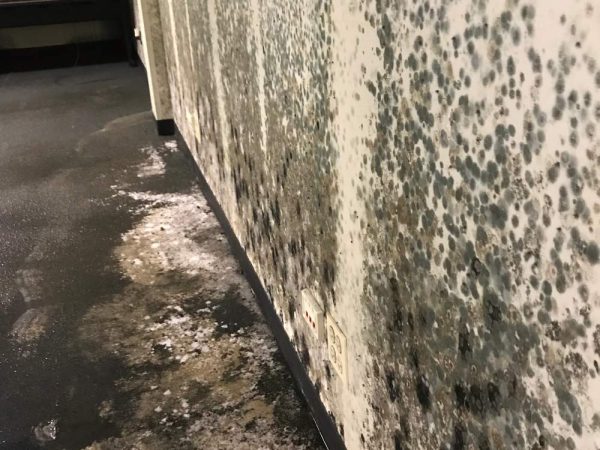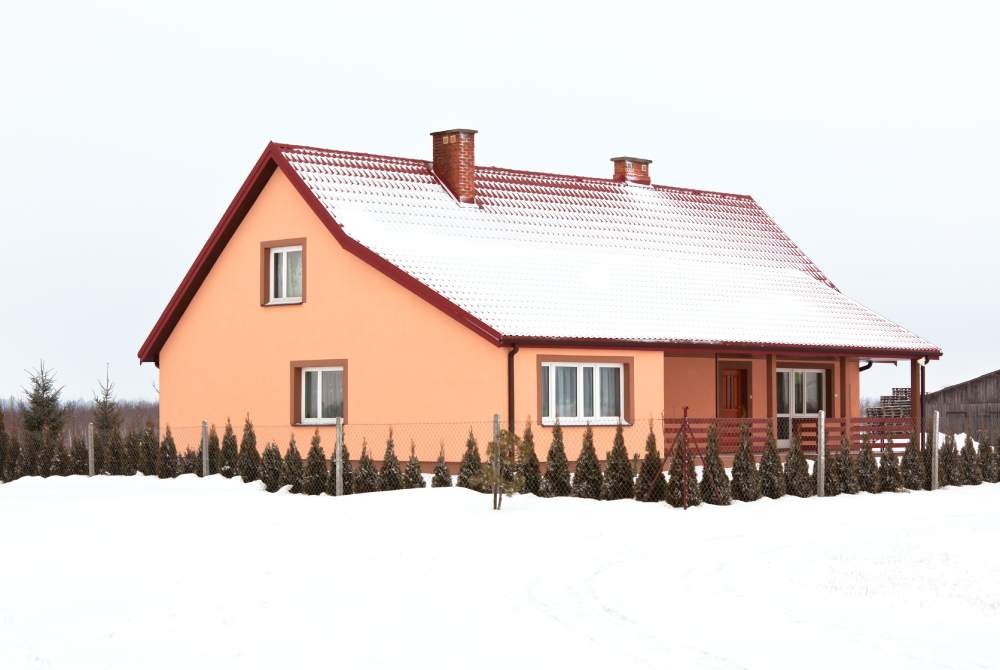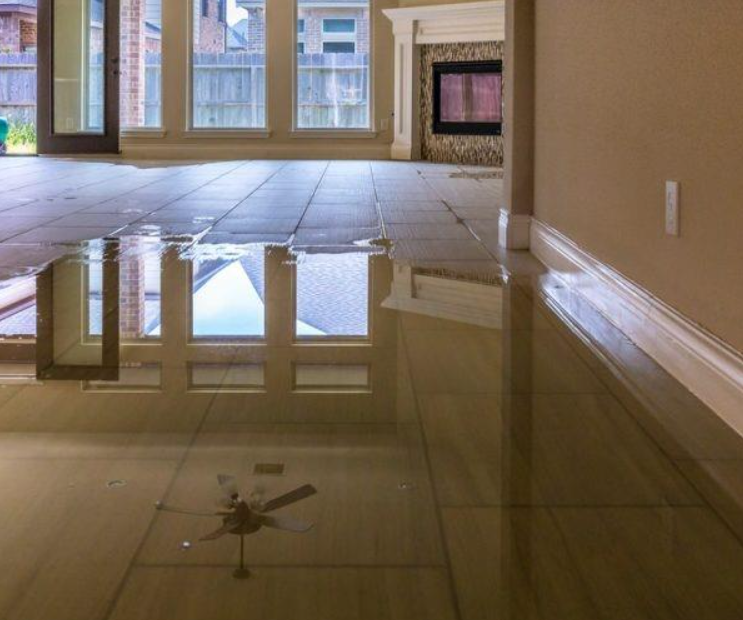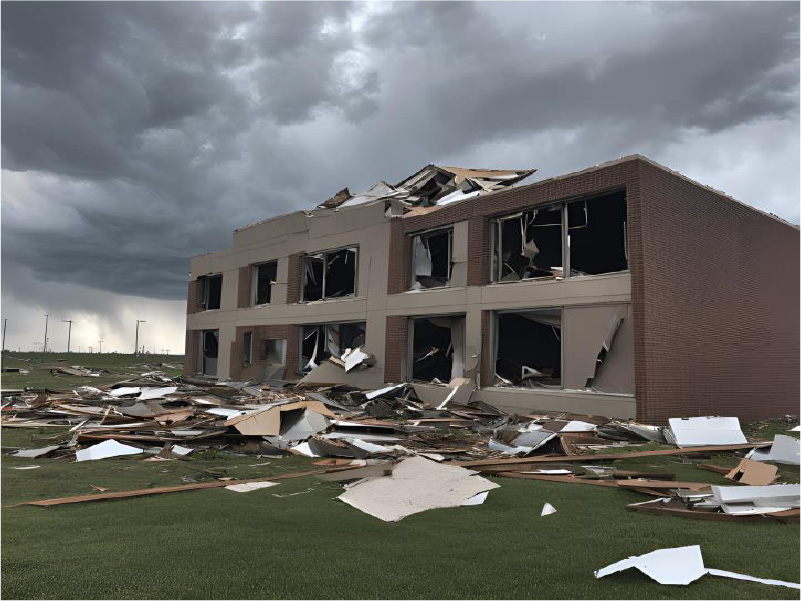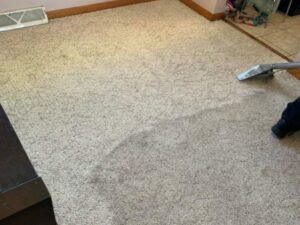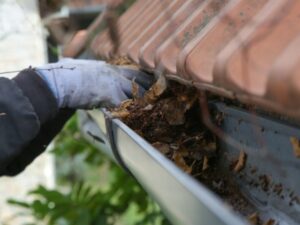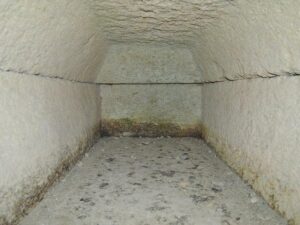When someone hears the word “mold”, they instantly begin to fear for the worst and assume it is a major problem. Although mold can be a serious problem if it is left to grow, let’s go over some of the facts.

What is mold?
The term “mold” is a colloquial term for a group of filamentous fungi that are common on food or wet materials. This includes the green Penicillium species that produces penicillin, and fungi that spoil our bread, fruit, cheese and crops. Most of these are Ascomycetes that produce a lot of spores.
The majority of the molds that grow on damp building materials are found in the soil and are adapted to grow on a wide variety of materials. Outdoors, molds live in the soil, on plants, and on dead or decaying matter. There are thousands of species of mold and they can be any color. Different mold species are adapted to different moisture conditions ranging from very wet to just damp. Many times, mold can be detected by a musty odor. Live spores act like seeds, forming new mold growths (colonies) under the right conditions. All of us are exposed to a variety of fungal spores daily in the air we breathe, both outdoors and indoors.
How mold gets into a house or building?
Mold and fungal spores occur naturally outdoors, where fungi are the earth’s most important recyclers. Indoors, mold needs moisture to grow; it becomes a problem only where there is water damage, elevated and prolonged humidity, or dampness. Common sources of excessive indoor moisture that can lead to mold problems include:
- flooding from surface waters (i.e., overflowing rivers) or from severe storms;
- roof leaks from damaged or missing roofing materials, ice dams or blocked gutters;
- storm-driven rain through window frames, exterior walls or door assemblies;
- leaking pipes, sewer back-ups or overflows;
- damp basements or crawl spaces due to a high water table or poorly managed rainwater drainage; and
- condensation on cold surfaces.
How to prevent mold growth
The key to preventing and stopping indoor mold growth is to control excessive moisture and condensation. Keeping susceptible areas in the home clean and dry is critical. In general, mold will not grow indoors without water, dampness or excessive moisture.
Three main factors contribute to condensation of water on building surfaces:
- Relative Humidity: Condensation occurs when the air is saturated with water and it cannot hold any more moisture. For example, steam generated from bathroom showers or from cooking can fill up the air with moisture, which will then condense into drops of water on cooler surfaces, such as mirrors and windows. Where possible, localized sources of humidity, such as clothes dryers, should be directly vented to the outdoors. To lower indoor humidity during warm, humid weather, air conditioners and/or dehumidifiers should be used. In chronically damp areas such as basements or crawlspaces, it is often recommended that dehumidifiers be used to maintain humidity levels below 60 percent.
- Temperature: Warm air holds more moisture than cold air. Condensation occurs when warm humid air comes into contact with a cold surface and the moisture condenses into water. This can often be seen on single-pane windows, where water condenses and then runs down, causing the wood frames and sills to rot and the wall under the windows to blister. Condensation can occur on exterior walls, particularly north-facing walls, if they are not properly insulated. Other chronically cold surfaces, such as cold water pipes, should be covered with insulation to help prevent condensation.
- Poor Ventilation: Indoor humidity can build up if there is not enough ventilation and exchange of indoor and outdoor air. Where there is little or no air movement, such as behind dressers and cabinets, surfaces can remain cooler than surrounding areas, which can lead to increased condensation and mold growth. It is recommended that the area be ventilated and the occupants use exhaust fans (vented to the outdoors) to remove moisture from high-humidity areas, particularly in bathrooms, kitchens and laundry areas. Furniture should be moved slightly away from walls so that air can freely pass behind it. Air should be allowed to circulate between rooms and regularly ventilate to remove humid air. Fans should be used as needed.
Other things that can be done are to clean and repair gutters regularly, make sure the ground slopes down and away from the home’s foundation and keep air conditioner drip pans and drain lines clean. In addition, in air conditioned buildings in hot and humid climates, vinyl wall coverings on the interior sides of exterior walls should not be used, as these materials can trap moisture, resulting in mold growth underneath them.
In the case of floods or leaking pipes, any standing water should be promptly removed and water-damaged materials should either be dried out and cleaned, or removed and replaced. Porous materials that are wet for more than 48 hours are likely to produce mold growth and should be discarded. In instances where the water damage is extensive, it is recommended that professional help, such as a commercial restoration company, be consulted – that’s where we come in!
Amerilean’s mold remediation services are not only highly effective, but because we use the latest and most effective remediation processes and perform all of the services with our own team of highly skilled mold removal technicians, it is very affordable too! Our teams have successfully remediated countless properties in Northwest and Central Indiana and work with the most well regarded Environmental Hygienists in the state.
To learn more about our residential and commercial mold remediation services, visit our website or call our office at 219-641-3711 for more information.


